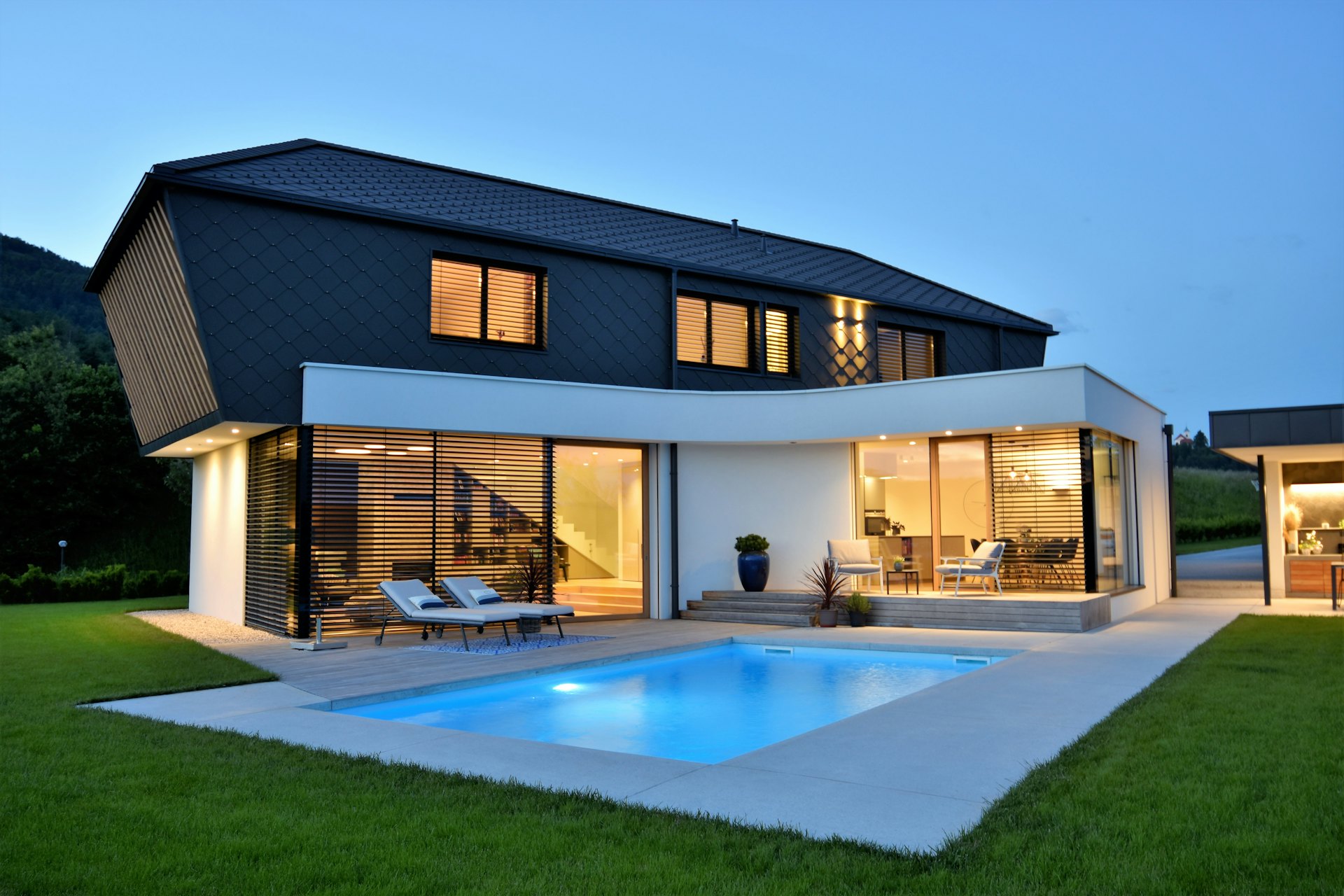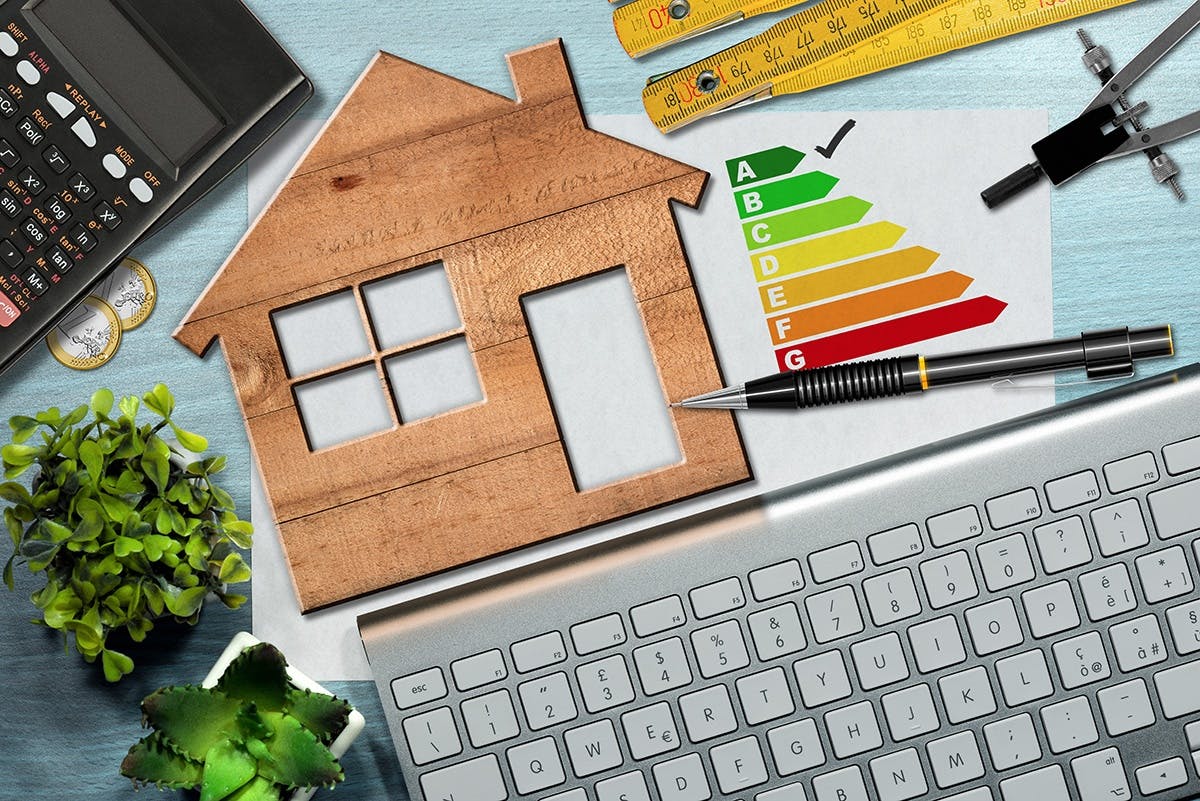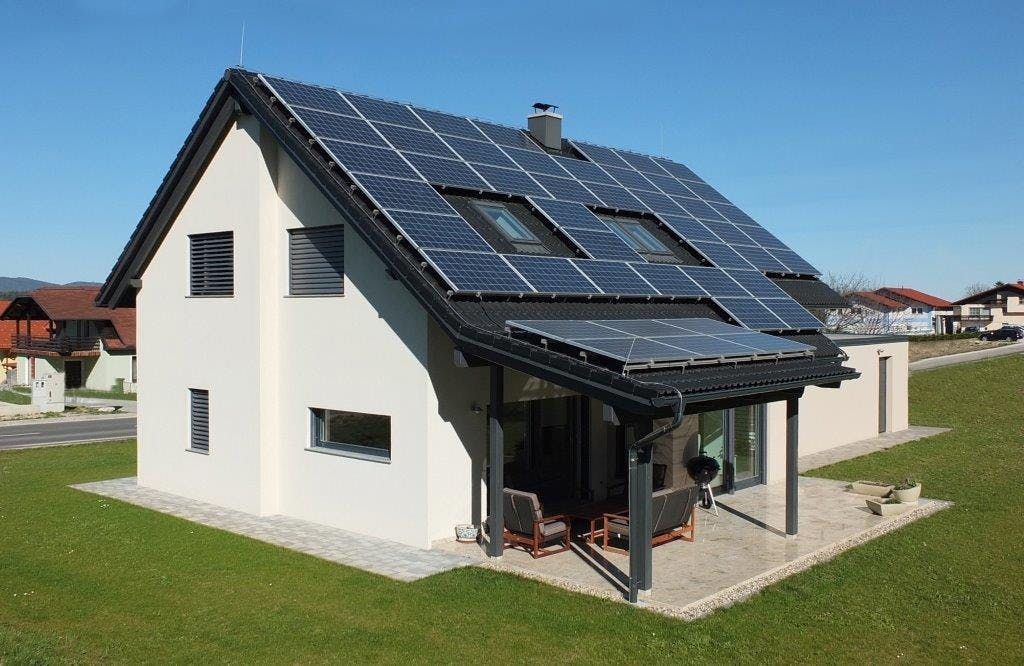
The Marles nearly zero-energy house (NZEH)
The European Energy Performance of Buildings Directive is already in force in Slovenia, with the aim of improving energy efficiency, reducing harmful emissions into the atmosphere, and increasing the use of renewable energy sources. Nearly zero-energy construction is therefore mandatory for all types of new buildings. As the largest, oldest, and leading Slovenian manufacturer of sustainably constructed wooden buildings, we have followed the standard of constructing energy-efficient houses throughout the years of our development, and most of our construction systems have met the criteria of nearly zero-energy construction for many years.
The overall objective of NZEH is to reduce primary energy consumption
According to the Energy Act (EZ-1), a nearly zero-energy house (NZEH) is a house with very high energy performance, where the energy required for operation must be to a very significant extent produced from renewable sources on-site or nearby. The overall objective of the sNEH is to reduce primary energy consumption (which in addition to heating also includes space cooling/air conditioning, hot water preparation and lighting), as this will make a significant contribution to reducing the carbon footprint for future generations.
For several years now, we have placed particular emphasis on the Marles Zero Energy Home (NZEH) concept, which has for all this time already met the requirements of the new European directive and responded to the trend towards full energy self-sufficiency in the building sector.
The most important features of Marles houses that meet the requirements of an almost nothing zero-energy house are:
The energy efficiency of a building is therefore now measured solely by the total energy use of the building.
Let us highlight a few of the basic requirements that almost zero-energy homes must meet according to the Energy Act:
- Most of the energy needed comes from renewable sources. The minimum share of renewable energy sources (RES) must be at least 50 % of the total energy input.
- A small amount of energy required to operate the building. The heat required for heating the building per year (QH) must not exceed 25 kWh/m2a. This value must be adapted to the climate characteristics of the building location and the building's form factor.
- Extremely high energy efficiency. The maximum permitted value of primary energy per unit of conditioned area per year is limited to QP ≤ 75 kWh/m2a.

The energy efficiency of a building is therefore now measured solely by the total energy use of the building, which includes heating, cooling, air conditioning and hot water preparation. Renewable energy is defined as energy from renewable non-fossil sources, mainly solar, wind, aerothermal, geothermal, hydrothermal and ocean energy, hydropower, biomass, landfill gas, sewage treatment plant gas and biogas.
Marles Zero Energy Home
Our Marles Zero Energy Home concept is geared towards implementing state-of-the-art living solutions. The almost zero-energy house offers an extremely high quality of living, with the air quality being extremely high as well. The designer plays an extremely important role in the design of a Zero Energy Home, as they must consider many factors - the local environment and its specific features - to ensure that the occupant of the home has a healthy and pleasant living environment in accordance with the NZEH. At Marles, we also simulate the daily movement of the sun when conceptualising the design of the home. Using the latest virtual reality technology, we accurately position your future house on the existing plot based on precise geo-data and present you with the solar exposure of the building and the calculation of solar mark-ups for the highest level of self-supply of electricity from renewable sources. As a leading provider of original solutions in the field of wooden buildings in Slovenia, we have been a proponent of the concept of energy efficiency for almost eight decades, the advantages of which are the smart use of natural resources, care for the environment and the highest comfort of living at a significantly lower financial input. We are recognised as the oldest and largest manufacturer of wooden buildings and boast the most demanding internationally recognised certifications and proven quality. With our original engineering solutions, we have been pioneering the development of construction with natural and environmentally friendly materials for almost 80 years and have contributed to making the industrial production of buildings made of natural and environmentally friendly materials with a low carbon footprint a permanent fixture in the production of modern buildings. Our company's goal is to provide sustainable living in nearly zero-energy buildings and to ensure living with minimal impact on the environment.
